What Is a Good First Car for Teens?
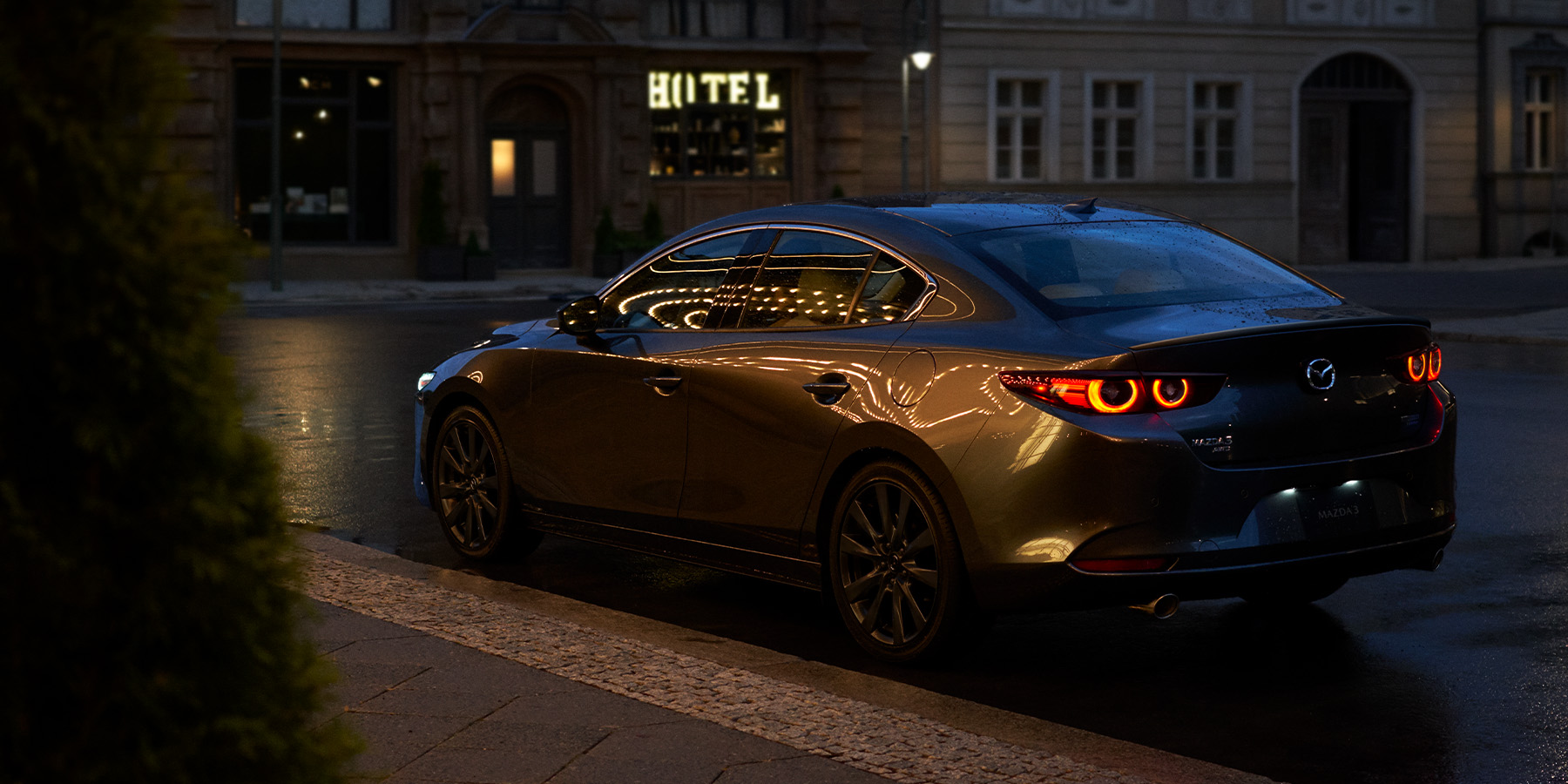
High school is a time of many firsts: first impressions, first relationships, and, in some cases, first cars. Whether you’re looking to purchase a family car that you know your teen will borrow frequently or helping to finance a vehicle that’s for their use alone, chances are you’ll be heavily involved in the car-buying process of your teen’s first car.
Most teens are ready to hit the road and get their first taste of independence in a stylish ride with impressive tech. But safety features, reliability, maintenance responsibilities, and overall affordability should be a priority, too. This article will guide you through what to think about when selecting the best first car for your teen.
What is the appropriate price for a good first car?
According to the CDC, teens ages 16-19 have the highest risk of getting into a crash than any other age group. Therefore, you want to invest in a car that has great safety ratings and comes with safety features that help your teen drive with more awareness and confidence, if possible.
That said, what qualifies as an “appropriate” price for a first car will range significantly depending on your budget. A more practical approach would be to focus on what your family (and, if they’re contributing, your teen) can afford, and to consider the following in your decision-making process:
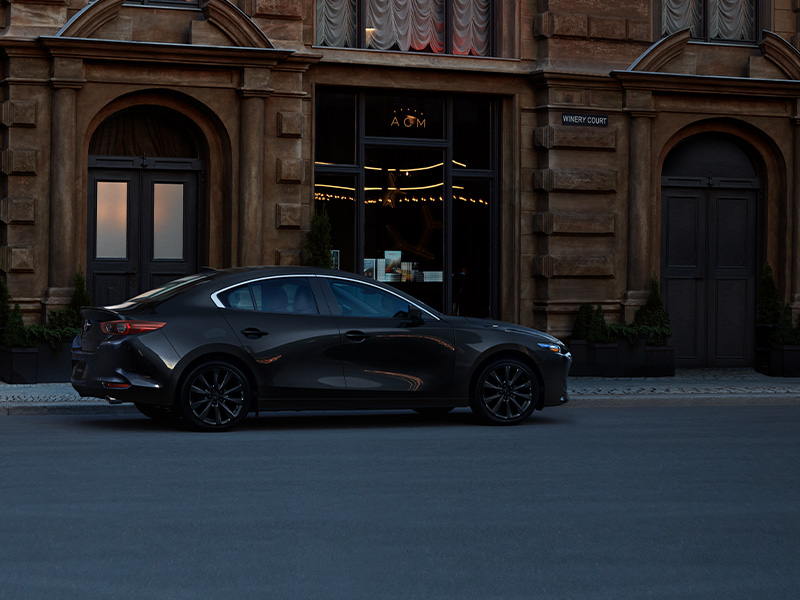
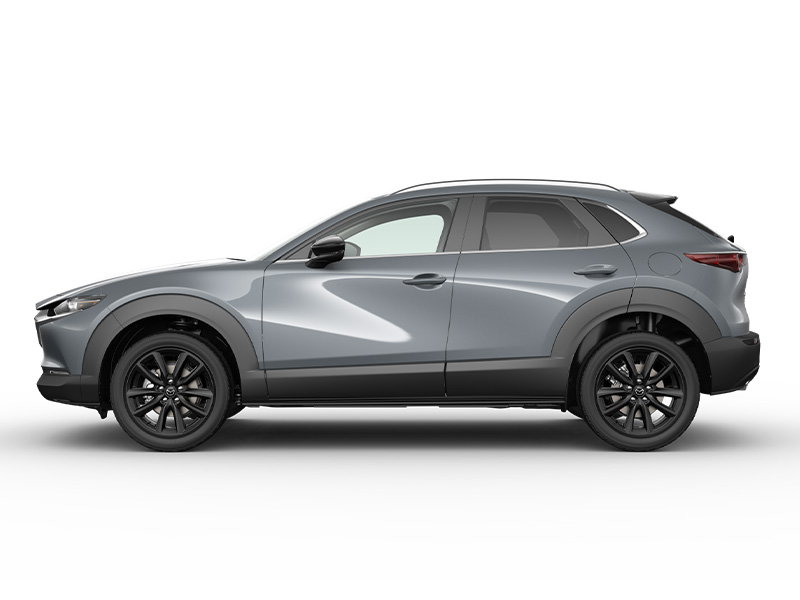
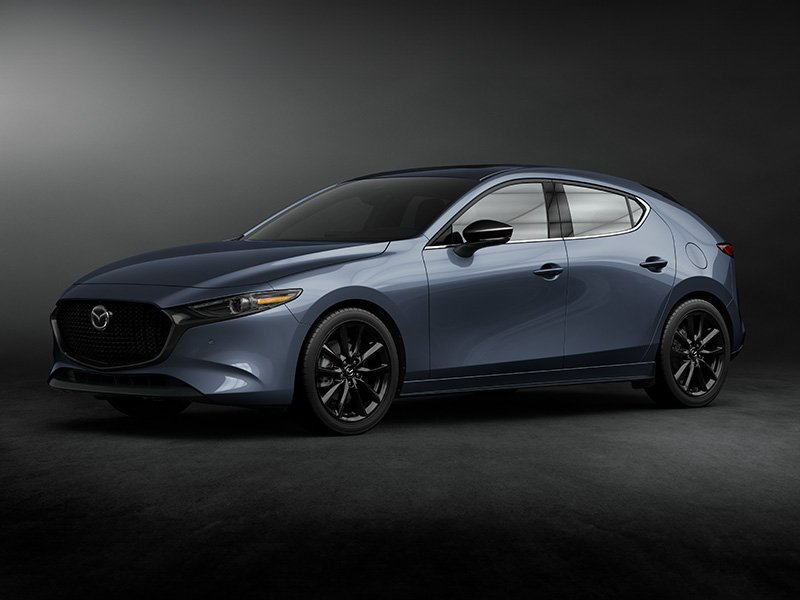
- Who pays for the vehicle: Will you be assuming all costs, splitting the bill, or having your teen take full responsibility? Discuss this with your new driver to avoid financial obstacles down the line.
- Insurance: Insurance premiums vary significantly based on the make and model year of the car, as well as other factors like your teen’s driving history and your location. Statistically speaking, teen drivers are three times more likely to have a fatal crash than drivers 20 and older, and this risk factor bumps up insurance costs.
- New vs. used: Used vehicles – including Certified Pre-Owned vehicles – will not only have a cheaper overall price tag compared to similar new cars, but they can also help cut insurance costs. The older the car, the lower the premium, so looking into cheaper vehicles may help offset costs.
- Cost-savings vs. safety: Because of advancements in safety technology, newer cars are, in general, safer cars. If your budget allows it, then that extra layer of protection can be worth the cost. Remember: “Newer” doesn’t mean you have to buy brand new – a model that’s just 2 or 3 years old can save you thousands of dollars.
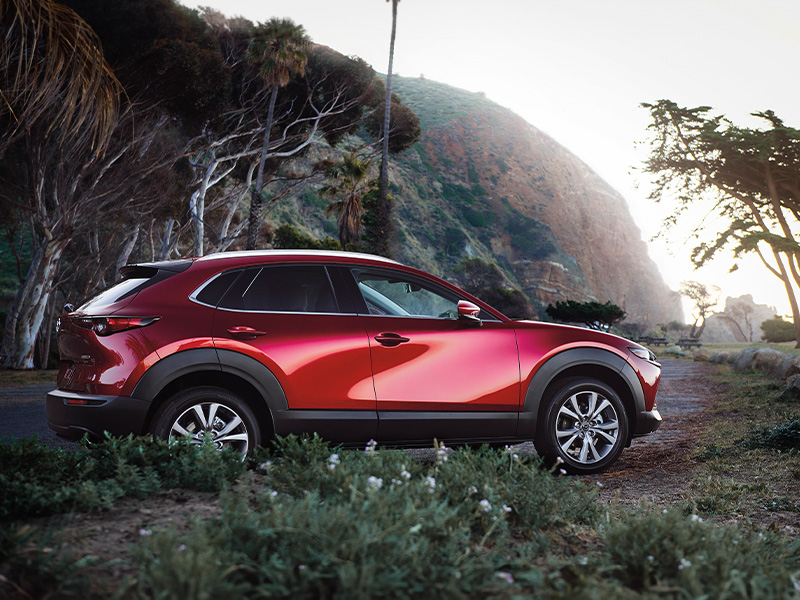
What safety features are included in the best cars for teens?
In our recent survey on driving priorities for parents, when asked how being a parent influenced the type of vehicle parents drove, 40% of respondents with kids at home (regardless of age) selected that they now prefer vehicles with advanced safety features. Parents with at least one teen (13-18) driver were also 18% more likely than parents with non-driving children to say since having kids they now prefer driving vehicles with advanced safety and driver assistance features (45% vs. 38%). Considering 62% of parents surveyed said they plan to give on of their current vehicles to their child when they become a teen driver, this desire for increased safety likely extends beyond when the parent drives the car. Because once your teen pulls out of the driveway, their life is in their hands, and choosing a car that has these important safety features and ratings can help keep them safe.
Car safety features recommended for teen drivers
As mentioned, newer cars are equipped with advanced safety features that older models may not have, like backup cameras, lane-departure warning, and pedestrian detection. So it may be worthwhile to explore more recent models that have these integrated safety features, as well as the following capabilities and components:
- LED headlights and automatic high beams that adjust between high and low beam settings based on oncoming traffic, ensuring optimal visibility without blinding other drivers.
- Adaptive cruise control, which automatically adjusts a vehicle’s speed to maintain a safe following distance from the vehicle in front.
- A heads-up display (HUD) that projects essential driving information such as speed, navigation directions, and safety alerts onto the windshield to keep your teen’s eyes on the road.
- Blind-spot monitoring, which uses sensors to detect vehicles in blind spots and provide audio and visual alerts.
- Forward collision warning to alert the driver of an impending collision with time to react.
- Stability and traction control, which help your teen maintain control of their vehicle during challenging driving conditions by adjusting engine power and applying the brakes to individual wheels to help prevent skidding and loss of control.
- Autonomous emergency braking to slow your teen’s vehicle just in time to help avoid a crash or mitigate any impact.
Our survey on driving priorities for parents also uncovered that parents with at least one teenager are most likely to say backup cameras (75%), blind spot monitoring (59%), and the number and type of airbags (52%) are essential safety and driver assistance features for their vehicle. (Note that airbags and backup cameras now come standard in new vehicles, with the latter becoming mandatory in 2018.)
Please remember, while advanced safety features can be very helpful, your teen should keep in mind it’s their responsibility to drive smart, safely and lawfully, and not their vehicle’s. Other factors you should look for include the vehicle’s weight and size. Smaller, compact cars and SUVs can be easier to handle, especially for new drivers, and nimbler to help avoid a collision.
Learn more about Safety at Mazda
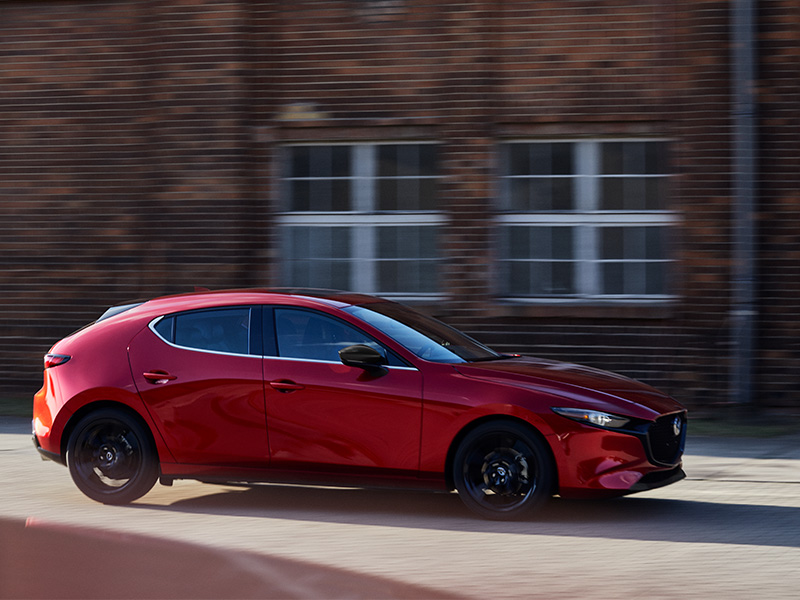
A note on Gen Z vehicle safety feature preferences
For Gen Z — the current teen demographic with many already transitioning into adulthood — vehicle safety is a top priority. Our recent survey of Americans’ road trip preferences revealed Gen Z’s preferences for vehicle safety features, particularly when considering a car for a road trip. In 2024, the most important safety and driver assistance features for Gen Z include:
- Backup camera: 70% of Gen Z drivers consider this essential, making it the top priority for this demographic.
- Blind-spot monitoring: 54% of Gen Z drivers rank this feature as crucial.
- Emergency brake assist and collision warning: Both features are deemed vital by 51% of Gen Z drivers.
Compared to other generations, they are also significantly more likely to prioritize features like emergency brake assist (42% more), cross-traffic alert (33% more), and head-up displays (73% more). Gen Z’s preferences reflect a generational shift towards embracing advanced technologies.
Understanding these priorities can help you select a vehicle that aligns with your teen's expectations for both safety and modern technology.
IIHS, NHTSA, and other safety ratings
In our recent survey on driving priorities for parents, when asked how being a parent influenced the type of vehicle parents drove, 47% of respondents with kids at home selected that they now prefer vehicles with high safety rating. Two primary organizations that assess and rate the safety of vehicles are the Insurance Institute for Highway Safety (IIHS) and the National Highway Traffic Safety Administration (NHTSA). These organizations conduct rigorous safety tests and offer a comprehensive evaluation of a car's safety performance.
-
IIHS conducts a range of tests and categorizes vehicle safety performance using a scale from Good to Poor. IIHS tests measure how well a car can protect occupants during side impact, frontal, and rear end crashes. IIHS also analyzes how well a vehicle can avoid or mitigate a collision. Here, advanced safety features like automatic emergency braking, seat belt reminders, Lower Anchors and Tether for Children (LATCH), and headlights are evaluated.
IIHS awards vehicles with high scores in certain tests with the prestigious TOP SAFETY PICK and TOP SAFETY PICK+ accolades.

2025 Mazda3 Sedan, Mazda3 Hatchback, CX-30, CX-50, CX-70, CX-70 PHEV, CX-90, and CX-90 PHEV have all earned IIHS’s highest award, the 2024 TOP SAFETY PICK+.
-
NHTSA uses a 5-star scoring system to indicate the level of safety provided by a vehicle, known as the New Car Assessment Program (NCAP). The NCAP scores four tests: a frontal crash test, a side barrier crash test, a side pole crash test (where a vehicle skids sideways into a pole), and a rollover resistance test that measures how likely a car is to flip over when drivers perform evasive maneuvers. Individual tests are scored and add up to an Overall Vehicle Score.
These tests differ from those performed by the IIHS and can help expand the overall picture of vehicle safety. NCAP ratings can be found on the Monroney label, the window sticker located on new vehicles, or online at www.nhtsa.gov/ratings

Vehicles included: 2024 Mazda3 Sedan, Mazda3 Hatchback, CX-30, CX-5, CX-90, and CX-90 PHEV all hold a 5-star Overall Vehicle Score.
-
Consumer Reports also provides criteria for general vehicle safety, and well as criteria for safe cars for teens, scoring vehicles on four key factors: road tests, owner satisfaction, safety, and reliability to help shoppers find the best car for them. The difference? Consumer Reports looks at how the vehicle functions in the real world by using its own test track, analyzing feedback from car owners, and taking into account existing IIHS and NHTSA ratings.
Consumer Reports and IIHS co-publish an annual list of Safe Cars for Teens, covering best and good choices in new and used vehicles based of cost, reliability and safety.
Vehicles included: MY24 Mazda 3 Hatchback, Mazda 3 Sedan, Mazda CX-30, Mazda CX-50, Mazda CX-90, Mazda CX-90 PHEV
Mazda is frequently included in lists of best cars for teens
With our commitment to safety and reliability, it’s no surprise that the Mazda vehicles regularly make “Best Car For Teens” lists, including that of:
- Car and Driver – Mazda CX-30 and Mazda3
- CarMax – Mazda3
- Kelley Blue Book – Mazda CX-5 and Mazda3
- Road & Track – Mazda3, as well as the MX-5 Miata
IIHS and CR have also regularly included multiple new and used Mazda vehicles in their list of safe vehicles for teens. So, if you’re looking to help narrow down your teen’s list of potential car options, consider adding in a Mazda vehicle or two for peace of mind.
explore mazda’s new, certified pre-owned, and used vehicles
Choosing the right first car for your teenager involves a careful evaluation of your budget, insurance considerations, risk factors, payment expectations, and safety features.
We encourage you to focus on comparing IIHS and NHTSA ratings, and availability of advanced driver assistance systems (ADAS) to gauge how well a vehicle can protect your teen and provide them with the most comfortable and protected driving experience possible.
By making safety a priority and selecting a brand like Mazda, you give your teen the opportunity to drive a car that’s safe, elegant, and stylish.
Get started today by comparing our new, Certified Pre-Owned, and used vehicles, or visit your local Mazda Dealer today.
This article is intended for general informational purposes only and is based on the latest competitive information available at the time of posting. Information herein is subject to change without notice and without Mazda incurring any obligations. Please review a variety of resources prior to making a purchasing decision. Visit Resource Center for more articles.




















